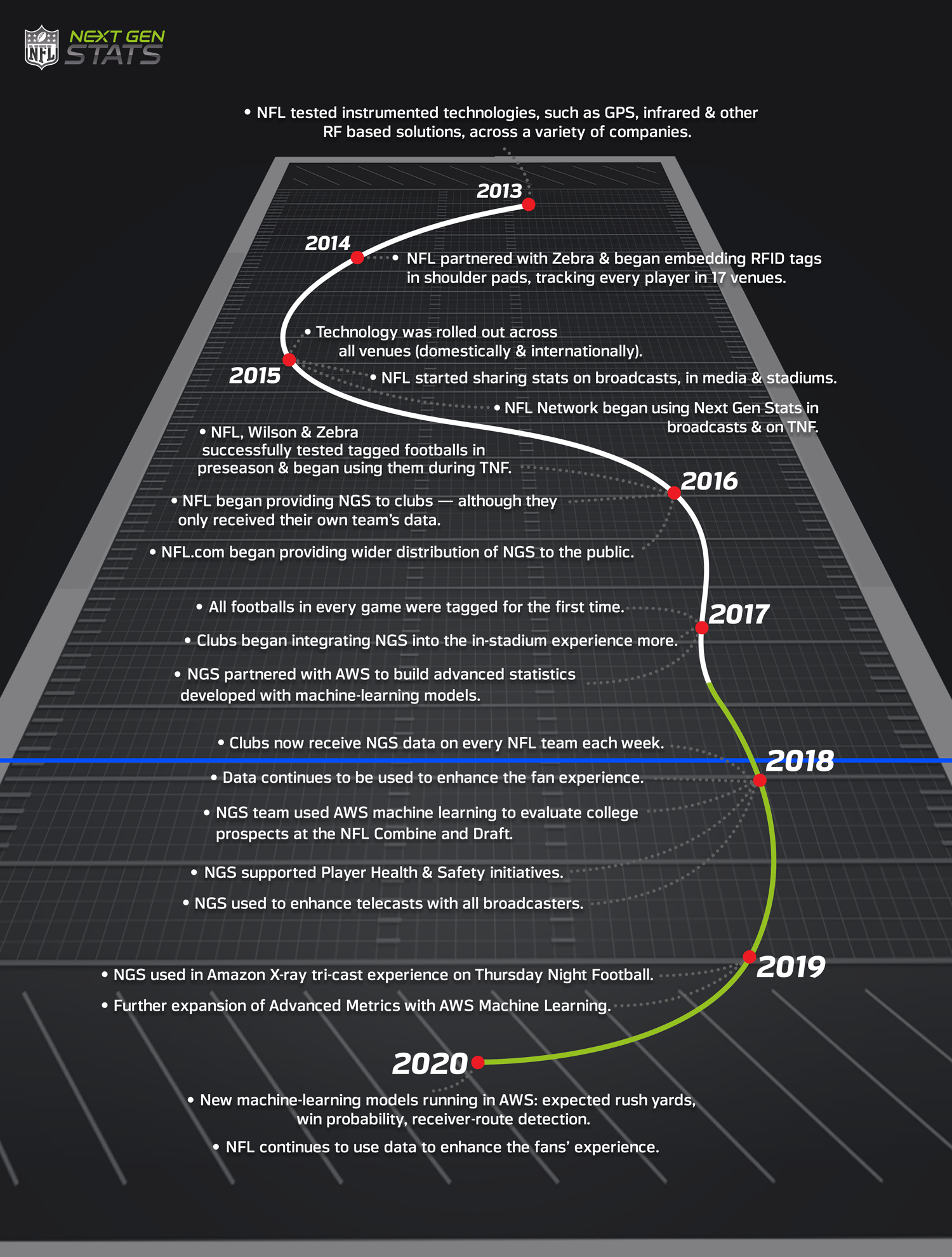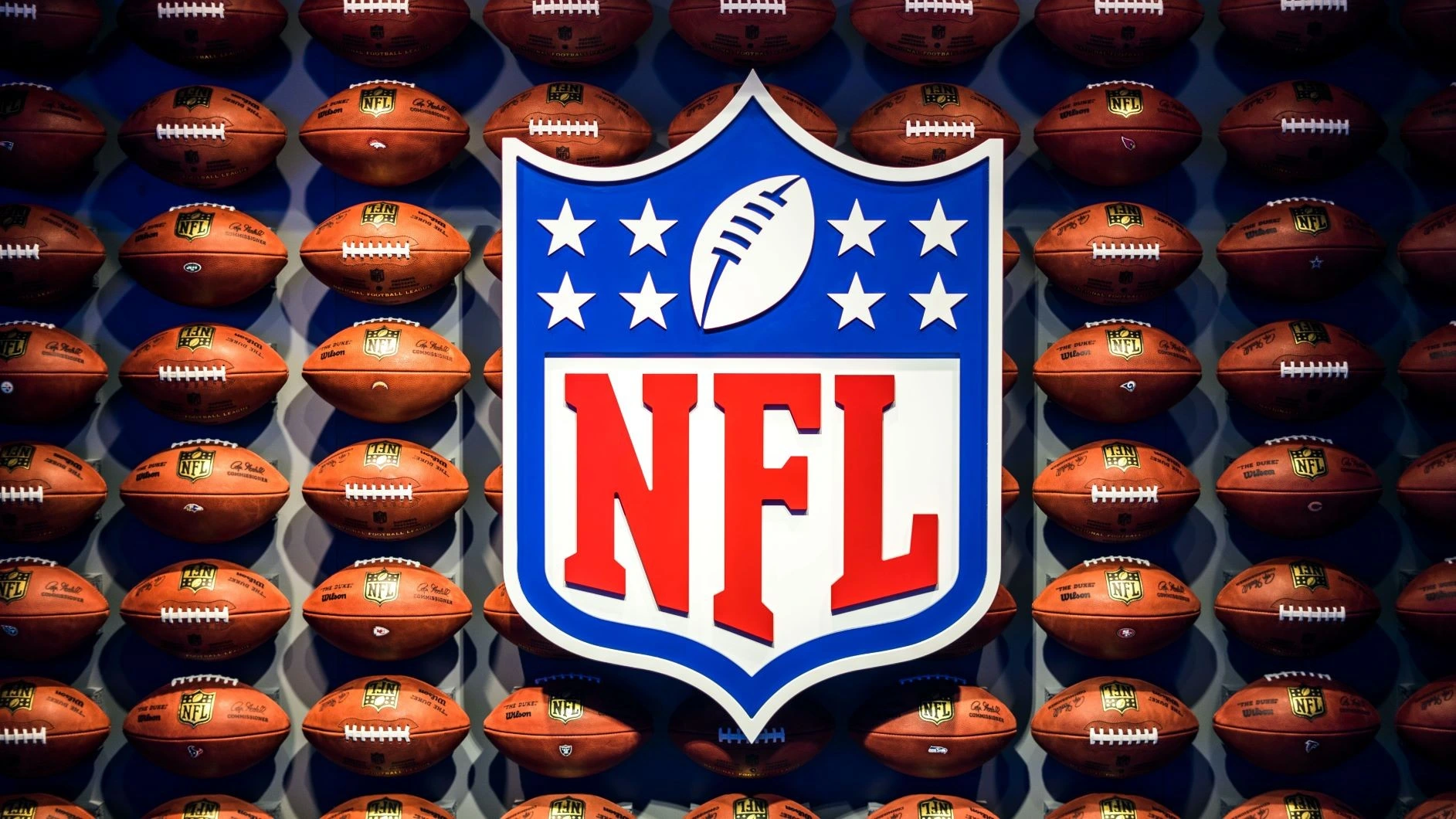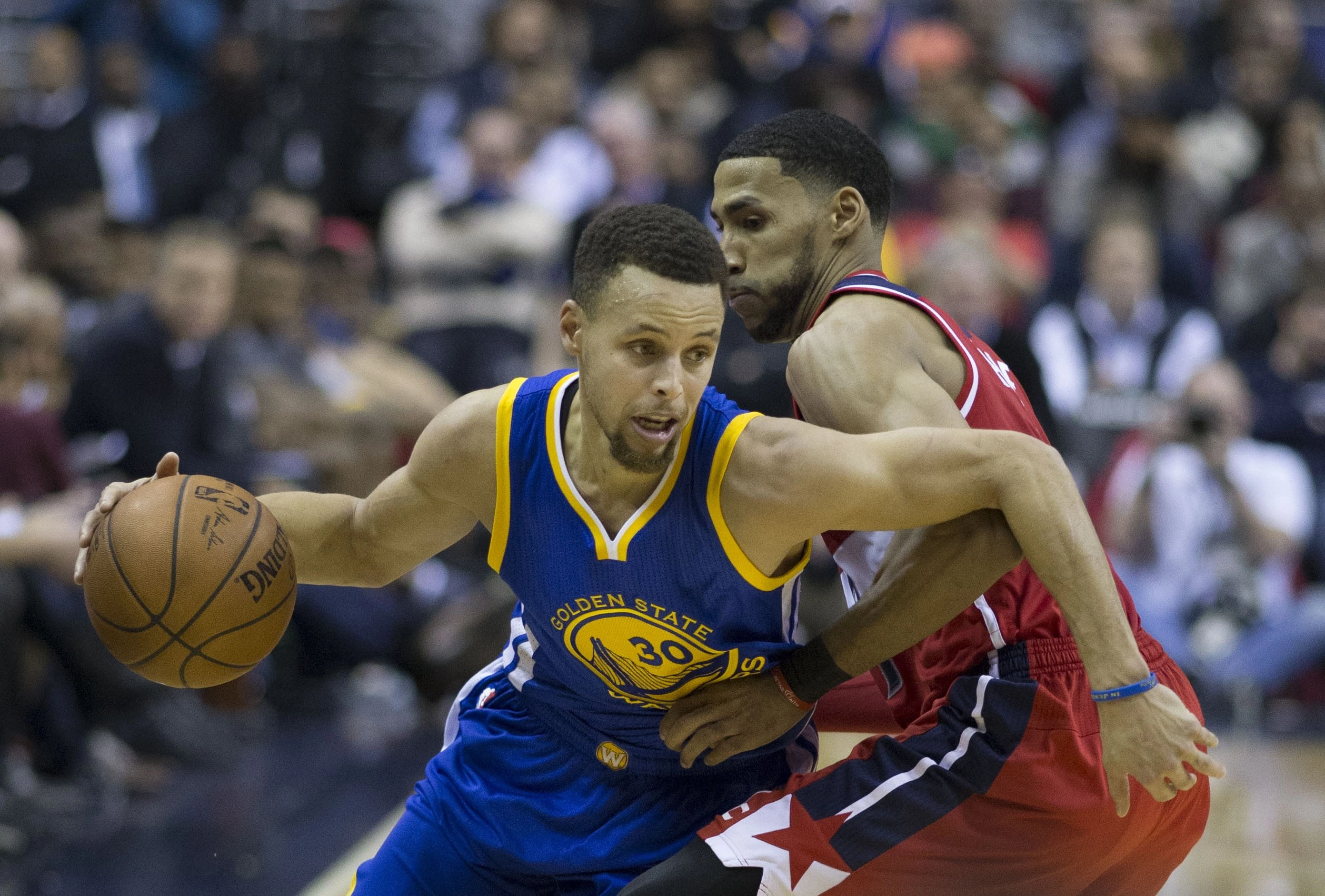On February 2nd, 2018 The New York Times published a piece on the fantastic race of the Philadelphia Eagles towards the Superbowl LII. Of course, the team had a fantastic cadre, but what made their strategy unique was their pervasive reliance on data analysis. A key moment could be spotted in week 3, where according to the article,
leading by 7-0 on the Giants’ 43-yard line a few minutes before halftime, the Eagles opted not to pun [and decided to go to a fourth-and-eight]. The Eagles, by going for it, improved their probability of winning by 0.5 percent.
The day after the match the coach was asked about this unorthodox play (going for a fourth-and-eight in such situations is truly not common) and he went on to defend it by explaining exactly in probability terms. According to Frank Frigo, the co-founder of EdjAnalytcs (forerunner of EdjSports), a company that focuses on providing analytics modeling solutions to several NFL teams, this was the first time that he heard that type language from an NFL. This play was just a symbol of a consistent tactic. “The Eagles capture value at every turn,” said Tony DeFeo, the president of EdjSports, “because they understand where the value lies.” The Eagles went on to win the Super Bowl LII and the rest of the teams in the league realized that they were missing a lot of potential.
The new possibilities that state-of-the-art applications of data analysis are opening for traditional business fields like Marketing or Sales are now reaching more unconventional fields like sports. Some sort of statistics has always been part of the sports world, however, their usage remained somewhat limited. When talking about using statistics in sports, the first thing that comes into mind might most likely be baseball. Ever since the iconic 2002 season where the Oakland Athletics rose to notoriety using statistics in unconventional ways (the story is nicely told in the book Moneyball of which a movie has been made starring Brad Pitt), baseball has led the way in the pervasiveness of analytical methods for developing the strategy and tactics. Already in 2006, the Major League Baseball (MLB) started tracking data like pitch trajectory, speed, and location with PITCHf/x. The next sport that followed the data revolution was basketball. The National Basketball Association (NBA) started a general optical tracking system in the 2013-14 season. For a long time, it seemed that the National Football Association was lacking behind. Now, the revolution in American Football is full in swing.
Technological Revolution – The Necessary Ingredient of the Data Revolution in the NFL
American Football has a lot of characteristics that make it ideal for taking advantage of the new analytical capabilities. Its chess-like strategy where each new play can be analyzed from the point of view of different features promises great potential. For a long time, what was lacking was the proper data that could serve as input. The pivotal moment that triggered the data revolution inside the NFL was the partnership that started in 2014 with Zebra Technologies and Wilson Sporting Goods. Zebra Technologies has been responsible for developing a comprehensive tracking technology that is allowing to gather unprecedented amounts of data and information. Now,
the tracking process begins in the summer when all pads are tagged with radio-frequency identification (RFID) chips. RFID tags are embedded on every player, official, game ball, pylon and first down chain. Each stadium has between 20 to 30 ultra-wide band receivers throughout the venue to capture the data. Altogether, an estimated 250 devices are in a venue for any given game. Each week during the season, player tracking representatives at every stadium confirm that all tracking systems are functioning properly.
There was a lot of attention put into optimizing the location and size of the tags. In particular, a lot of tests were run to make sure that the tracking devices did not impact the flight of the ball. It was crucial to capture data as precise as possible, and now player data is gathered 10 times per second on their location, distance traveled, speed, and acceleration. Since balls are also being tracked, it is also possible to analyze its path once it was thrown, their maximum speed and even the spin they have as it comes into the receiver’s hands. The individual movements are precise within inches. It is said that more than a hundred data points are measured. The platform Next Gen Stats became the center where all this information has been gathered. This data became available to every team starting 2018.

Timeline of the development of NFL data capabilities
Source: https://operations.nfl.com/the-game/technology/nfl-next-gen-stats/
Several accounts exist on the reticence of certain teams to embrace the new possibilities. Just as some companies or teams are more prone to use new technology, the same has been true for the teams of the NFL. According to Joe Banner, an early adopter of statistics and responsible for establishing the first league’s analytics department in the Philadelphia Eagles, “football’s conservative core can be attributed to its ability to magnify small situations. There are 16 regular season games, each crucial, and any mistake can blow up. This makes coaches risk-averse, Banner said, because they are the face of each decision.” A lot of coaches are unwilling to take counterintuitive decisions that are spit from methods they do not understand. This is why more NFL Teams report looking for outside help.
Multifaceted Data Revolution of the NFL
The data revolution that is flourishing right now in American Football has had a great impact on several fronts:
1. Teams strategy off and on season
When thinking about data applications on American Football, probably the first thing that comes into mind is its application on how franchises form their teams and develop their strategies. Indeed, teams are starting to find more points of application for data.
For example, before the season starts, data has revolutionized the way teams approach the drafting of new players. Already in 2005, a report was issued that stated that, according to data, the top picks tend to be overrated. In 2014, the renowned statistical group fivethrirtyeight.com more concretely estimated that the first picks tend to be overrated by 300 percent according to their trade value. They also concluded that the players chosen in the middle rounds tend to be undervalued and that the probability that a first-round pick and a third-round pick become a Pro Bowler is relatively similar. This has led to some teams developing a strategy of trading down in the draft. Los Angeles Rams Chief Operating Officer Kevin Demoff even said, at the 2018 MIT Sloan Sports Analytics Conference, that they let their analytics group completely lead the sixth and seven rounds and especially the undrafted free agency.
During the season, teams’ strategies are rapidly changing. Probably the most well-known example of data influencing strategy is the fact that, according to data, teams should go for the fourth-down conversion more often instead of choosing to punt. It has been estimated that the average team gives away anywhere from two-thirds to three-quarters of a win over a season with fourth-downs that were not pursued. This number might be up to a game and a half for the worst offender teams in the league. Following the data, last season teams tried more fourth-down conversions than ever (595). But the changes in strategy go well beyond that more well-known example. Of course, NFL team strategies are better protected than state-secrets, but there are news of teams using data to create a strategy on how more effectively tire an opposing defensive tackle with play calling, or using information on how tight a window a particular quarterback is comfortable throwing into or analyzing which receiver gained the most separation from opponents on which routes and under which circumstances.
2. Protection of players
A very interesting application for data that is strongly emphasized by the NFL in their communication is using analytical capabilities to find ways of optimizing injury prevention and player protection. Interestingly, two contests published by the NFL in the famous platform Kaggle (at least among geeky Data Scientists), have focused in this direction. The first one focused on analyzing NFL data to suggest rules to improve player safety during punt plays. The second one asked to analyze data to find a possible relationship between the playing surface and the injury and performance of athletes (since some literature had shown that synthetic turf leads to more injuries compared to natural turf). According to NFL’s Play Smart, Play Safe Initiative, their efforts are already bearing fruits since, for example, there was a measurable 20% drop in concussions sustained in games between 2012 and 2018. A similar drop could be appreciated in Anterior Cruciate Ligament (ACL) and Medial Collateral Ligament (MCL) injuries.
3. Gaining a deeper understanding of the game
Describing their motivation to push the data revolution, the first thing the NFL mentions is looking for ways to make the sport more interesting and insightful for the fans. This also means providing sports commentators and analysts with better insights that allow them to provide better experiences. The analysis of data is proving very fruitful in this field.
In an article entitled “How Machine Learning and Analytics Are Transforming the NFL” describing a new cooperation between Amazon Web Services and the NFL to use Machine Learning Methods to get insights from the data, it is described that “No factor can be overlooked for its potential impact on how those plays pan out: everything from changes in team rosters to the conditions on the field (i.e., indoor vs. outdoor, day vs. night, not to mention wind and precipitation.” The machine learning tool Amazon SageMaker now allows the NFL to deploy models that are capable of interpreting a gameplay in realtime. For example, they developed the NGS’s Completion Probability metric that is said to integrate more than 10 in-play measurements (like the length and velocity of a specific pass and the distance between the receiver and the closest defenders, among others). The results are said to help fans understand, for example, why certain passes are more difficult than others.
Some other interesting metrics that have been developed by the NFL to further the understanding of the game include:
· Time to throw — the average amount of time elapsed from the time of snap to throw on every pass attempt for a passer.
· Average separation — the distance measured between a wide receiver/tight end and the nearest defender at the time of catch or incompletion.
· Aggressiveness — the amount of passing attempts a quarterback makes into tight coverage (where there is a defender within 1 yard or less of the receiver at the time of completion or incompletion).
Some concluding remarks
The conditions are set for the flourishing of data analysis in American Football. Teams are understanding that there is a lot of potential in mining the data they are getting. Some argue that the best is yet to come since it will take a couple of more years to create a sample size that is large enough to be able to draw more concrete conclusions. The revolution in American Football is proving to have several very different applications: From guiding teams in their off- and on-season strategies, promoting player’s safety and injury prevention and creating a better experience for fans. Having some heavyweights like Amazon in the mining of data and application of ML methods seems to promise more exciting results coming soon.
As we have seen, some NFL teams are having similar problems than more traditional fields have in the application of Data Analysis. Where to start? What is really meaningful? What should I focus on? Finding the right candidate to build a data strategy is fundamental. Whether you are the manager of an NFL team or your field of application is completely different, Data Talent are happy to help you find the right person that fits your necessities. Just get in touch with us.




















